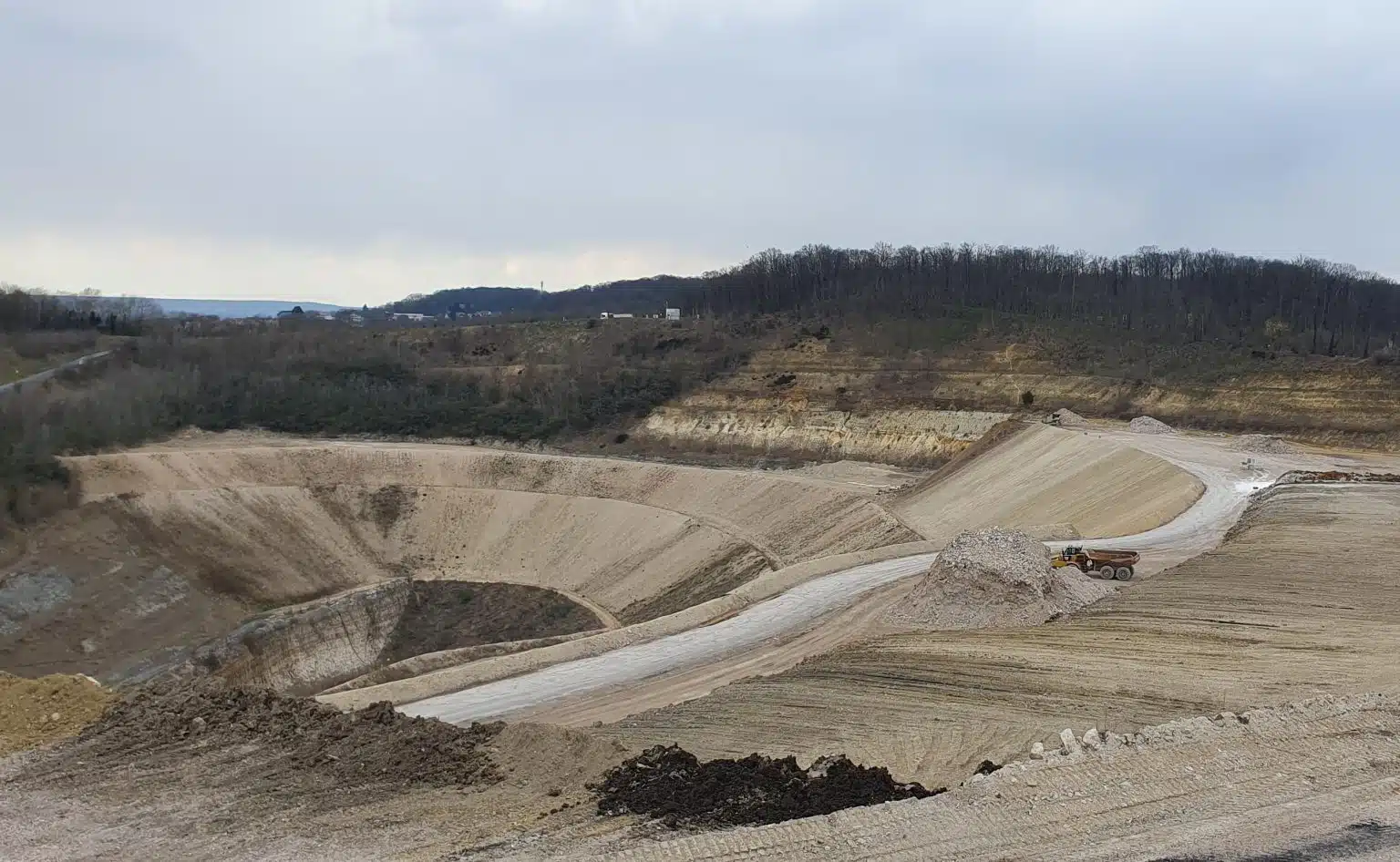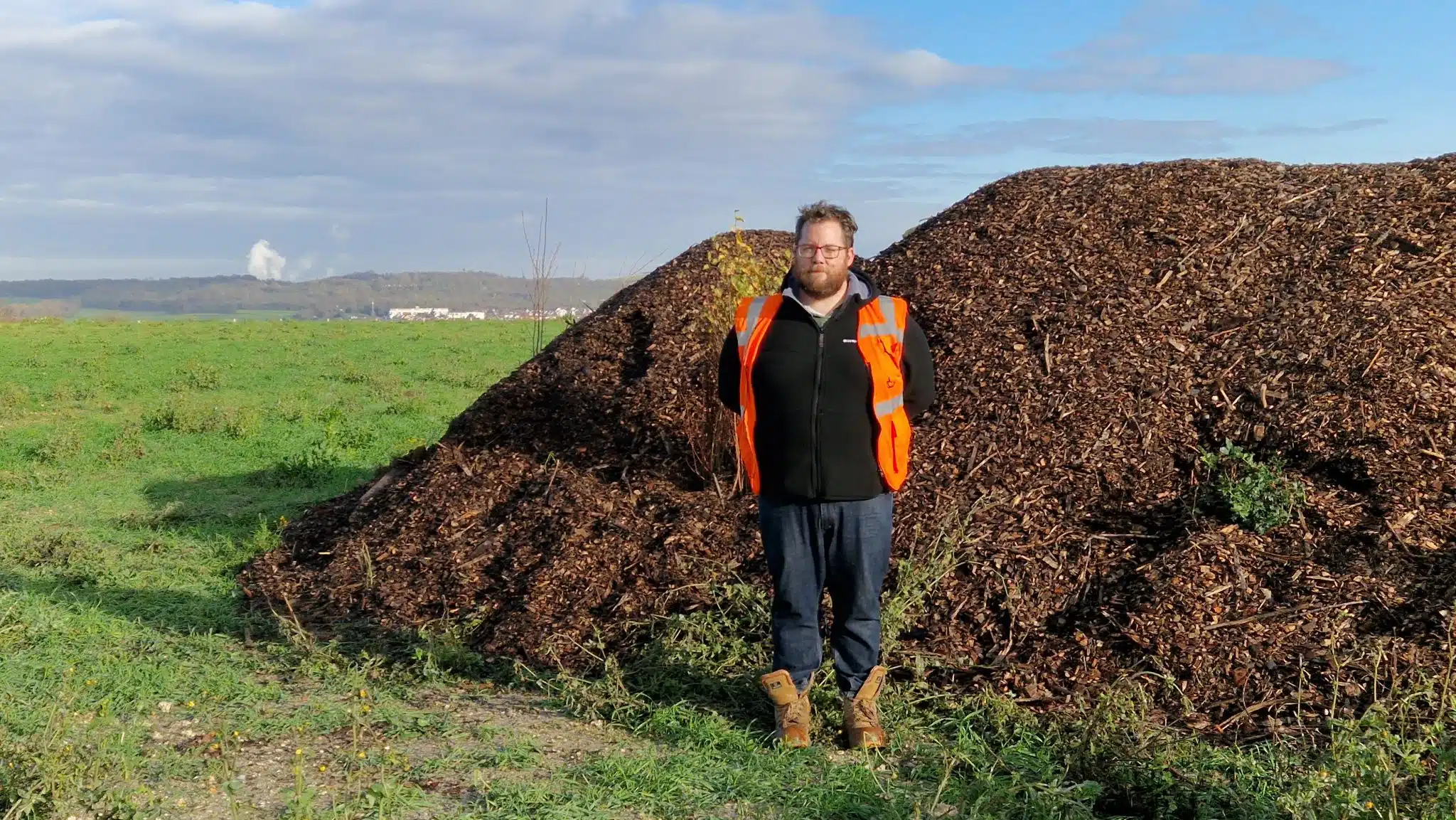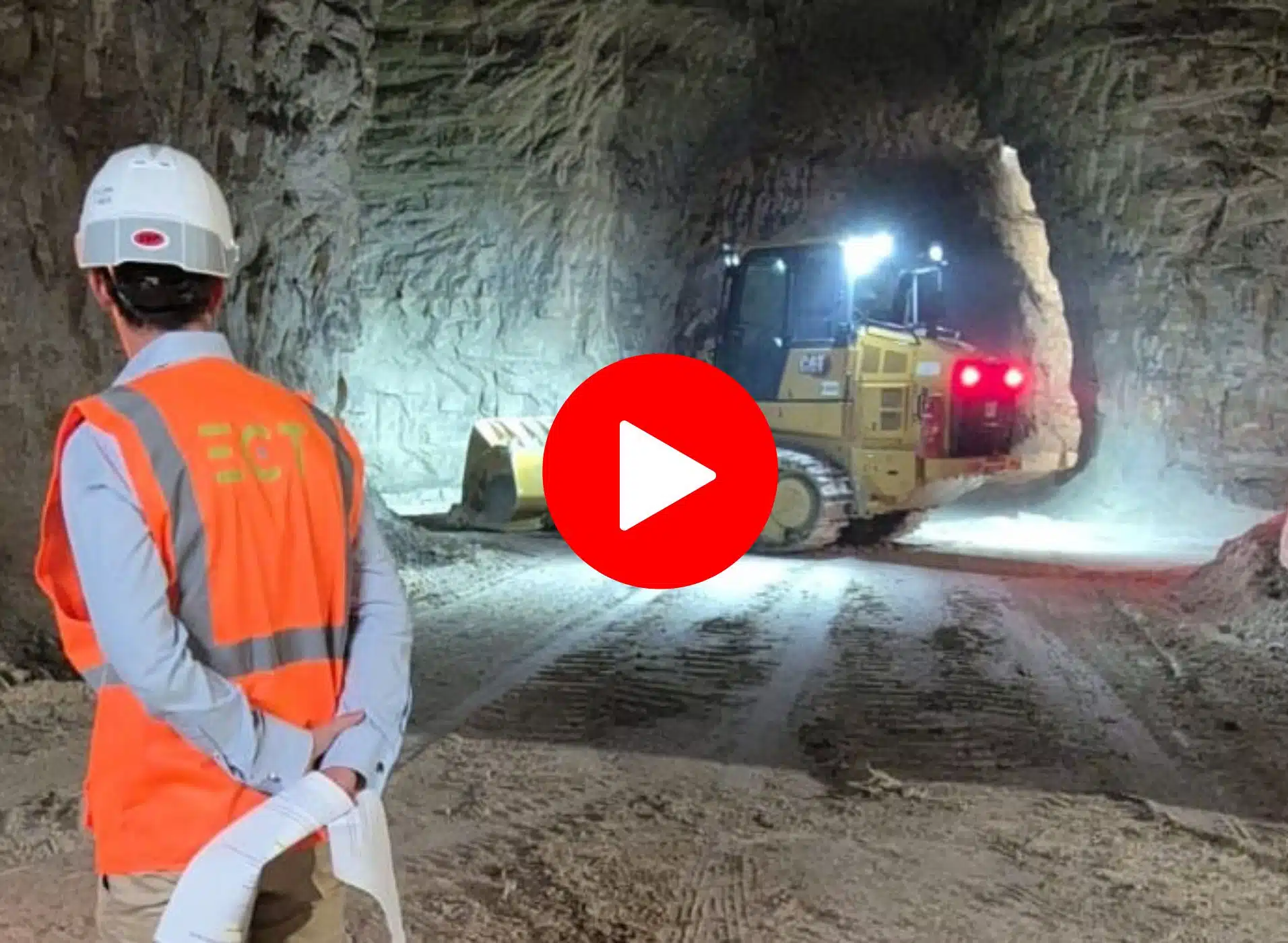As part of its partnership with Placo Saint Gobain, ECT recycles excavated earth from the construction industry to backfill the open-cast quarry at Cormeilles-en-Parisis (95). This involves backfilling the quarry to great heights, using successive level embankments. A major geotechnical challenge, accompanied by the installation of secure unloading zones and traceability of materials. An interview with the site managers, who manage each stage of this project with rigor and passion.
Soil traceability, guaranteeing quality at every stage
Soil traceability is at the heart of ECT’s excavated soil recovery process. Upstream, each excavation site is validated by a Declaration of Prior Acceptance. On arrival on site, a strict procedure is followed. Here, trucks head for one of two entrances, Cormeilles-en-Parisis Nord or Cormeilles-en-Parisis Sud, where Carla Tarantino and Amina El Moutaouakile greet drivers with professionalism. They check transport orders and the Declaration of Prior Acceptance (DAP) for the site. They ensure and validate that the load has been passed under camera and that drivers have complied with safety instructions, in particular the wearing of Personal Protective Equipment (PPE).
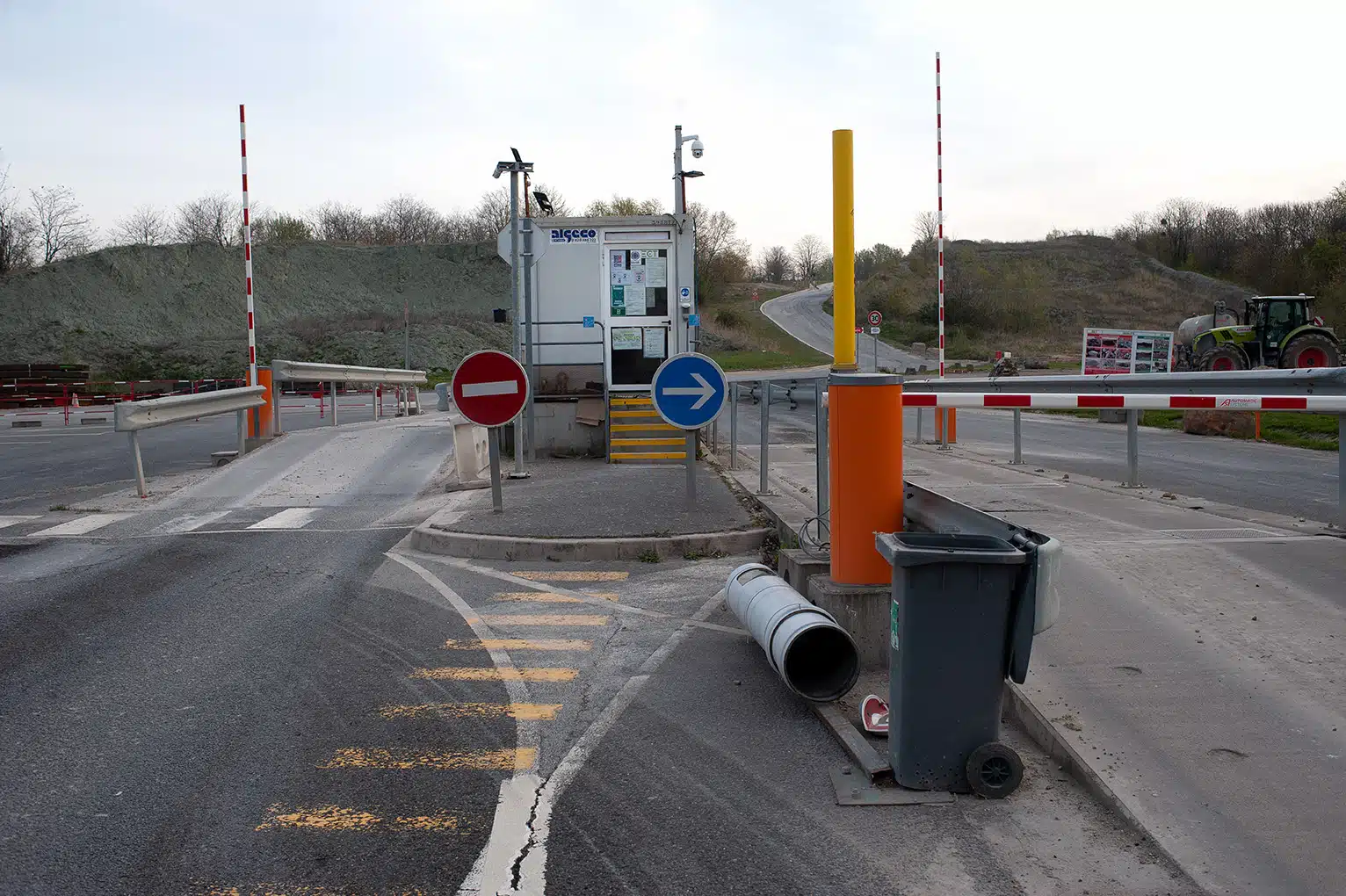
On the riverbank, safety and surveillance are a team effort
Once the trucks have arrived at the embankment, Retcharles Saint-Omer, usher, carries out a visual and olfactory inspection of the unloaded soil. He also ensures that unloading safety rules are respected. “We don’t tolerate any deviation. In the event of non-compliance, immediate action is taken”, explains Frédéric Lebailleur, site foreman for backfill on the site.
The safety of operations on an open quarry embankment is paramount. Martinho and his team are responsible for controlling the spill zones. A perimeter merlon has been set up to ensure the safe discharge of soil.
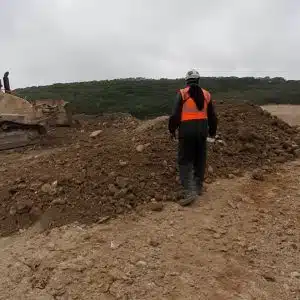
Mastering high-level backfill, expertise in backfill stability
On arrival at the Cormeilles-en-Parisis site, the immensity of the worksite is striking. At our feet, nearly 60 meters deep are being backfilled. Soil from construction and civil engineering excavations is controlled and recycled on site. “The work is being carried out in successive 15-metre layers, to guarantee the stability of the embankments in accordance with the rules of the trade,” explains Frédéric Lebailleur, embankment site manager.
Martinho Goncalves de Sousa has been with ECT for 25 years. On his Caterpillar D6 XE, he terraces incoming materials on steep slopes. “Working on slopes demands great precision and rigor,” point out Martinho. “Each layer must be perfectly compacted to ensure optimum stability and flawless water drainage. The embankments must hold without the slightest crumbling,” he adds.
Water is a key factor in the stability of the backfill. To prevent excessive infiltration and ensure efficient drainage, a complete drainage system was installed around the site. “A ditch and redents direct water to a collection basin. Water quality is also analyzed,” explains Frédéric.
Backfill monitoring relies on the complementary expertise of Frédéric and Martinho. They know the site and the materials inside out. Their close collaboration is essential to prevent risks and ensure optimal site management. “We form a real team. There’s constant vigilance and mutual support,” insists Martinho.
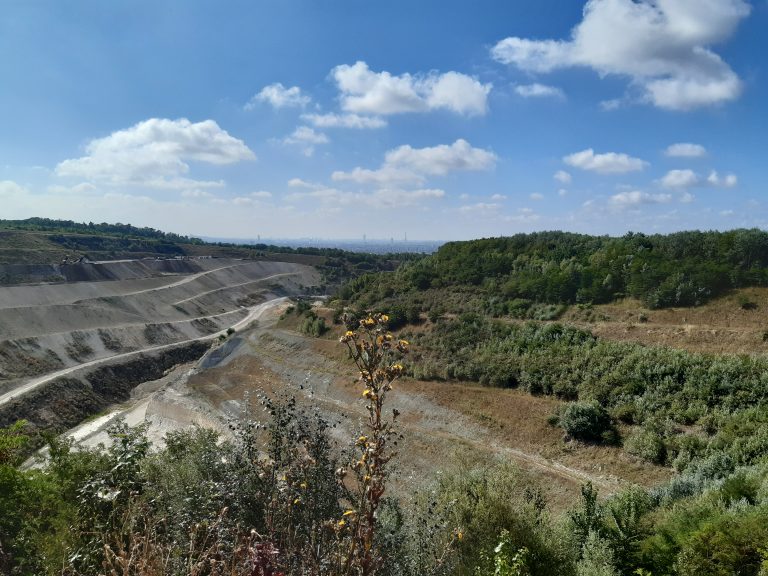
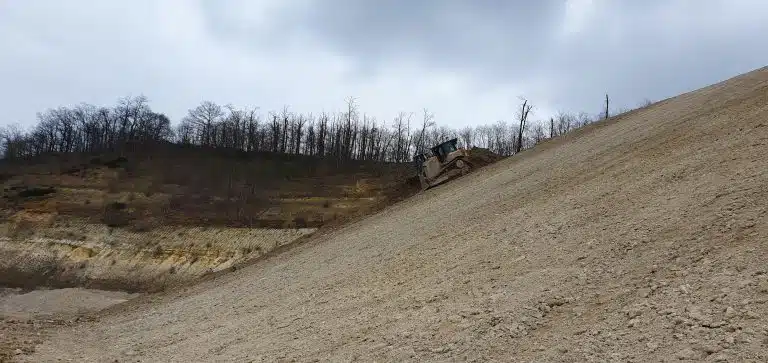

Site restoration, an environmental challenge
When the backfill reaches the topographic elevation of the final project, the previously stockpiled top soil is reclaimed for future landscaping. As Frédéric illustrates, “biodiversity projects are born, like the pond created in 2021 for frogs.” Each project is carried out in accordance with the plan validated by Placoplatre, restoring the harmonious integration of the restored site into its environment.
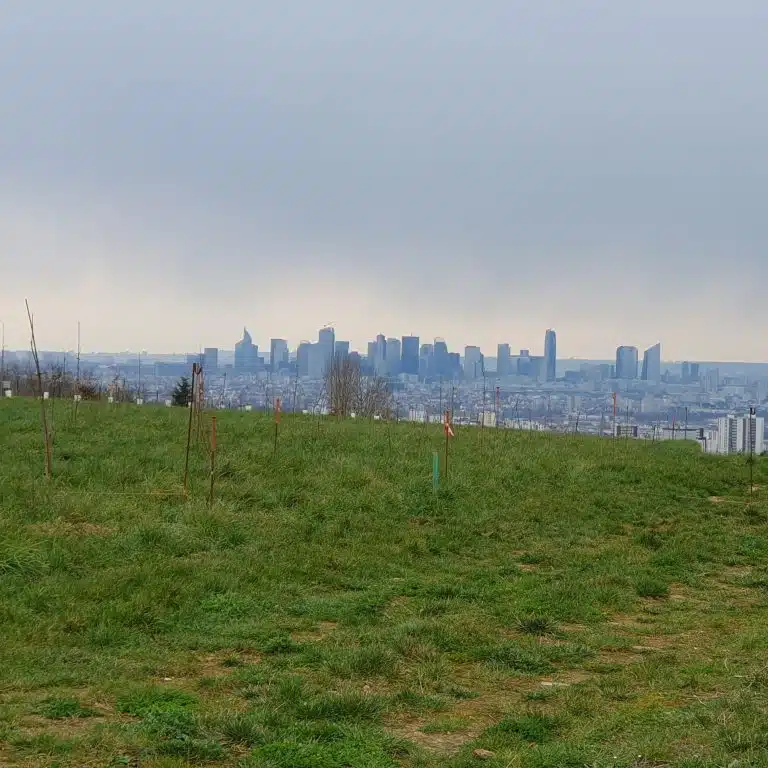
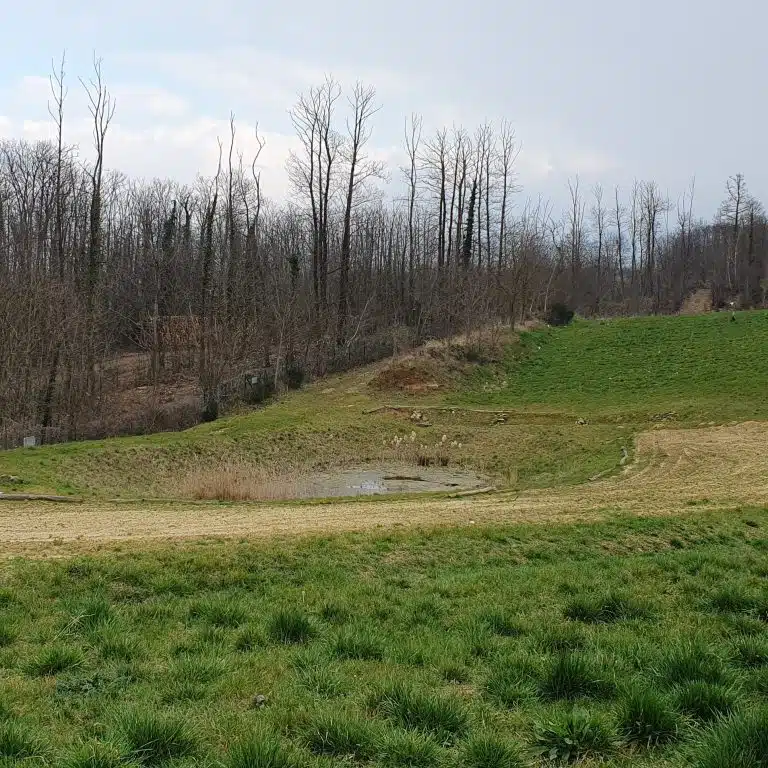

An enduring passion for the field
After 16 years at Cormeilles-en-Parisis, Martinho talks about his passion for this unique job: “The love of the terrain, trucks and safety motivates me every day. You have to be rigorous to meet ECT’s and Placoplatre’s strict criteria. But above all, you have to love what you do. Me, I work in the open-cast quarries, and that’s where I feel at home.”
